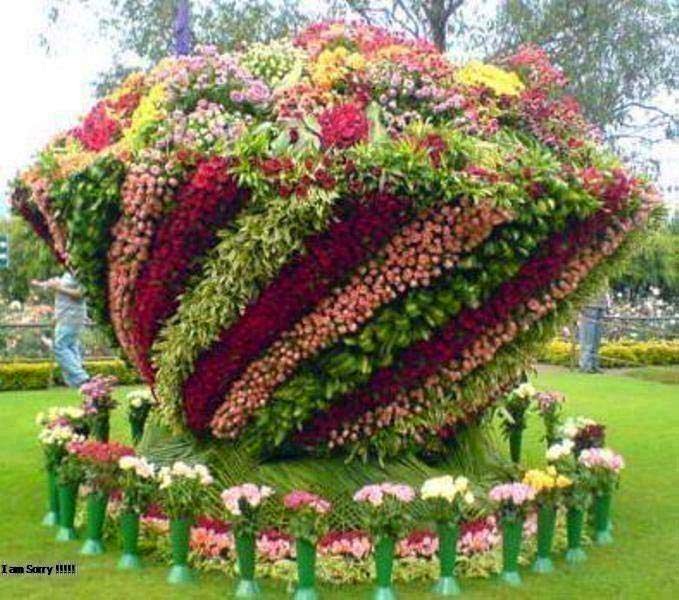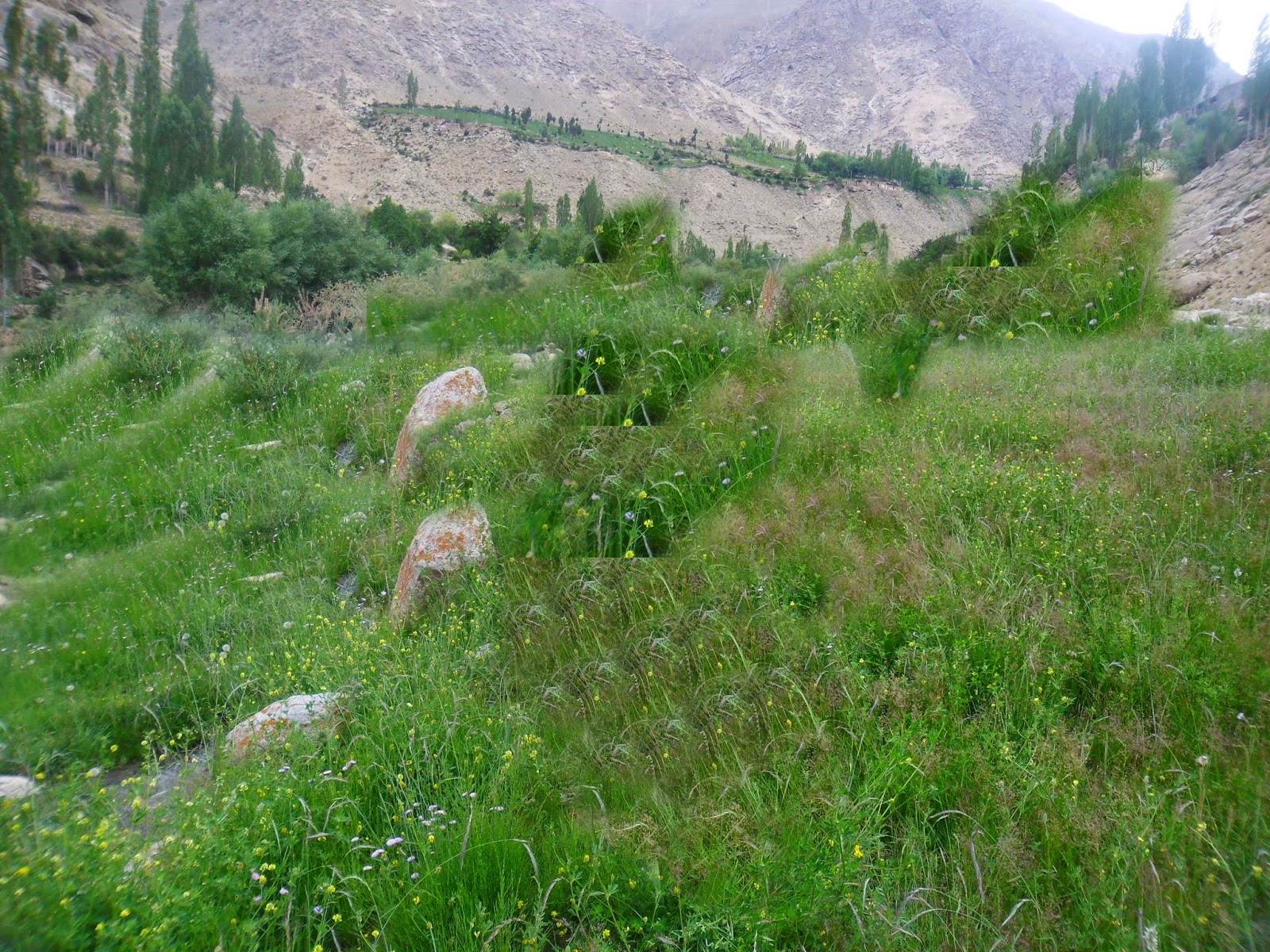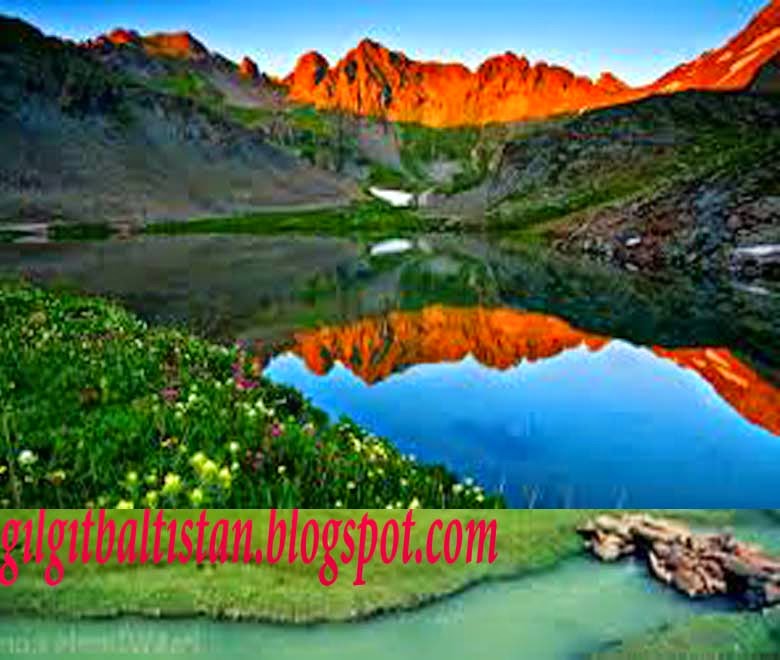GILGIT
Gilgit (Urdu, Shina: گلگت) is the capital of Gilgit Baltistan within the Gilgit district of Pakistan. The city of Gilgit constitutes a tehsil within Gilgit District. The city is ancient name was Sargin, later to be known as Gilit, and it is still referred to as Gilit or Sargin-Gilitby local people. In the Burushaski language, it is named Geelt and in Wakhi and Khowar it is called Gilt. Ghallata is considered its name in ancient Sanskrit literature.
History
Gilgit was an important city on the Silk Road, along which Buddhism was spread from South Asia to the rest of Asia. It is considered as a Buddhism corridor from which many Chinese monks came to Kashmir to learn and preach Buddhism.
.jpg) Brogpas trace their settlement from Gilgit into the fertile villages of Ladakh through a rich corpus of hymns, songs, and folklore that have been passed down through generations. The Dards and Shinas appear in many of the old Pauranic lists of peoples who lived in the region, with the former also mentioned in Ptolemy's accounts of the region. Two famous travellers, Faxian andXuanzang, traversed Gilgit according to their accounts.
Brogpas trace their settlement from Gilgit into the fertile villages of Ladakh through a rich corpus of hymns, songs, and folklore that have been passed down through generations. The Dards and Shinas appear in many of the old Pauranic lists of peoples who lived in the region, with the former also mentioned in Ptolemy's accounts of the region. Two famous travellers, Faxian andXuanzang, traversed Gilgit according to their accounts.Administration
The Government of Pakistan has recently changed the status of the Northern Areas through a constitutional order and has renamed it as the defacto province of Gilgit–Baltistan. The ceremonial head is the Governor Peer Karam Ali Shah, who is the constitutional head of provincial government, assisted an executive Chief Minister Syed Mehdi Shah and a council of ministers.
Administered by a tailor-made political and local government system. The local government system is based on a Legislative Council (Provincial Assembly), elected by people in all six districts through voting, headed by a speaker. Technocrats and women members are later elected/selected through a proper system.
Chief Secretary is administrative head of all departments, controlling all the affairs on behalf of chief minister Government of Pakistan.
Inspector General of Police, currently Mr Zafar Iqbal Awan, heads the police department, with deputy superintendents in all six districts.
.jpg) In 1877, in order to guard against the advance of Russia, the British Government, acting as the suzerain power of Kashmir, established the Gilgit Agency. The Agency was re-established under control of the British Resident in Jammu and Kashmir. It comprised the Gilgit Wazarat; the State of Hunza and Nagar; the Punial Jagir; the Governorships of Yasin, Kuh-Ghizr and Ishkoman, and Chilas.
In 1877, in order to guard against the advance of Russia, the British Government, acting as the suzerain power of Kashmir, established the Gilgit Agency. The Agency was re-established under control of the British Resident in Jammu and Kashmir. It comprised the Gilgit Wazarat; the State of Hunza and Nagar; the Punial Jagir; the Governorships of Yasin, Kuh-Ghizr and Ishkoman, and Chilas.
British era
Main article: Gilgit Agency
.jpg) In 1877, in order to guard against the advance of Russia, the British Government, acting as the suzerain power of Kashmir, established the Gilgit Agency. The Agency was re-established under control of the British Resident in Jammu and Kashmir. It comprised the Gilgit Wazarat; the State of Hunza and Nagar; the Punial Jagir; the Governorships of Yasin, Kuh-Ghizr and Ishkoman, and Chilas.
In 1877, in order to guard against the advance of Russia, the British Government, acting as the suzerain power of Kashmir, established the Gilgit Agency. The Agency was re-established under control of the British Resident in Jammu and Kashmir. It comprised the Gilgit Wazarat; the State of Hunza and Nagar; the Punial Jagir; the Governorships of Yasin, Kuh-Ghizr and Ishkoman, and Chilas.
The Tajiks of Xinjiang sometimes enslaved the Gilgiti and Kunjuti Hunza.
In 1935, the British demanded Jammu and Kashmir to lease them Gilgit town plus most of the Gilgit Agency and the hill-states Hunza, Nagar, Yasin and Ishkoman for 60 years. Maharaja Hari Singh had no choice but to acquiesce. The leased region was then treated as part of British India, administered by a Political Agent at Gilgit responsible to Delhi, first through the Resident in Jammu and Kashmir and later a British Agent in Peshawar.
Jammu and Kashmir State no longer kept troops in Gilgit and a mercenary force, the Gilgit Scouts, was recruited with British officers and paid for by Delhi. In April 1947, Delhi decided to formally retrocede the leased areas to Hari Singh’s Jammu and Kashmir State as of 15 August 1947. The transfer was to formally take place on 1 August.
%2Bcopy.jpg)
%2B(1).jpg)

%2Bcopy.jpg)

%2Bcopy.jpg)



.jpg)



.jpg)



